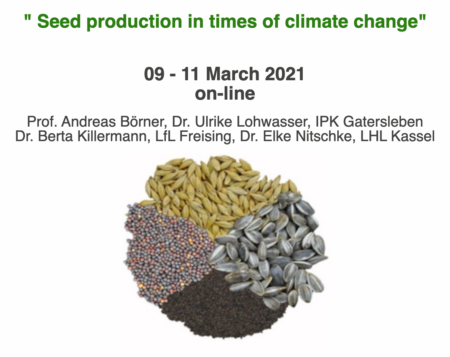Interested? It’s the topic of an online symposium planned for 9-11 March 2021. Details on the IPK website.

Agricultural Biodiversity Weblog
Agrobiodiversity is crops, livestock, foodways, microbes, pollinators, wild relatives …
Interested? It’s the topic of an online symposium planned for 9-11 March 2021. Details on the IPK website.

The Biodiversity Information System for Europe is a partnership between the European Commission and the European Environment Agency. It seems to have recently updated its website. Or at least that’s the impression I got from a recent tweet, so I checked it out. There’s no search function on the site, but some rapid browsing could not turn up any references to genebanks or agricultural biodiversity. So I googled “genebanks in:biodiversity.europa.eu” and I got a hit on a page that is no longer on the site. WayBackMachine turns up a 2016 version with some basic information on genetic resources for food and agriculture, including genebanks, that seems to have disappeared in the interim. Maybe the Biodiversity Information System for Europe has decided to focus on in situ conservation only? It seems a pity, if true.